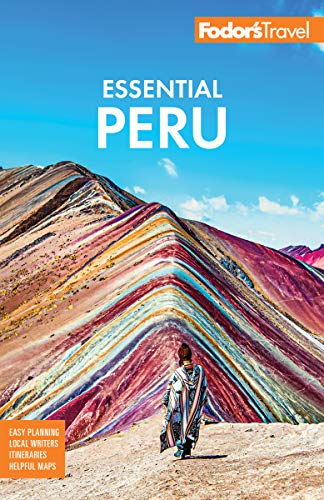Spread out high in the Andes, Huancavelica was founded in the 16th century by Spanish conquistadors, who discovered deep veins of mercury threading its rocky hillsides. The poisonous metal was vital in the extraction of silver from the mines in Peru and Bolivia, including the staggeringly rich Cerro Rico in Potosí. Although harvesting it was difficult at 3,680 meters (12,979 feet), the Spanish were nonetheless able to turn Huancavelica into a key commercial town that today has settled into a population of around 50,000.
Huancavelica is partitioned by the river of the same name that divides the commercial district in the south from the residential area in the north. Happily, the road between it and Huancayo has been completely revamped in recent years, with smoothly paved surfaces and better overall safety—though it still closes occasionally in the rainy season due to landslides.
Owing to the improved transportation, Huancavelica’s traditional culture and relaxed atmosphere are now more accessible to the adventurous traveler. Here you'll see local women sporting chukus (spangled, flowered hats) in the markets and shops, while the narrow, cobbled streets are still lined with elegant, colonial-style mansions and 16th-century churches. On weekends, residents from all over the region crowd the sprawling Sunday market, where you can buy everything from hand-knitted scarves to seemingly endless varieties of potatoes.
Most local crafts and clothing are made in the villages on the outskirts of Huancavelica, and visiting the artisans' shops provides a fascinating glimpse into the local economy. Other nearby attractions include the miradores (lookouts) from Qoripaqcha, a short stroll up the hill from San Cristóbal, as well as the thermal baths on the hillside across from town.




